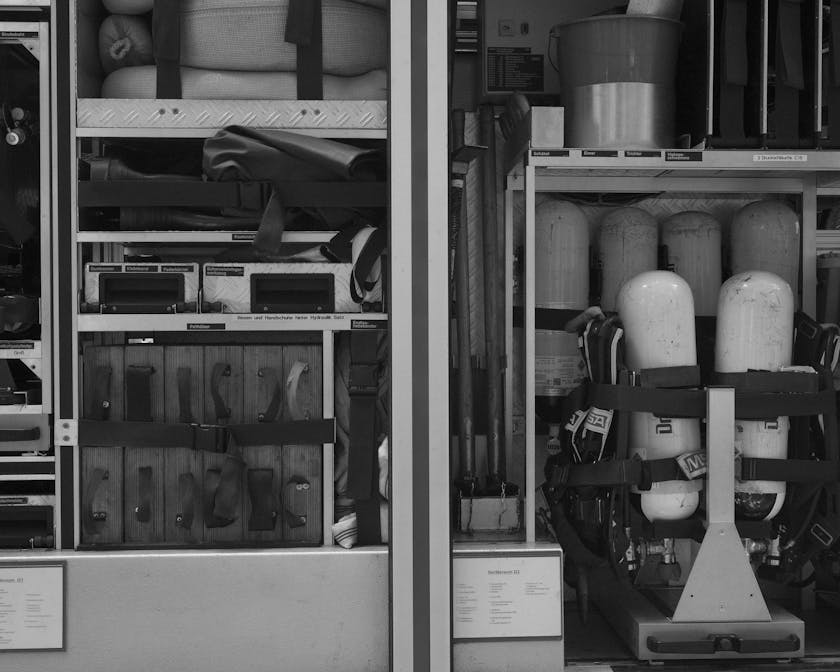When considering bulk meal storage for emergency preparedness, it is essential to adopt a strategic approach to ensure a stable, accessible supply of food should a crisis occur. By focusing on the right types of foods, storage methods, and inventory management, households can be ready for unforeseen events with minimal stress.
An Overview of Bulk Meal Storage Essentials
Preparing for emergencies means having a substantial stockpile of non-perishable food items that can last for extended periods. This stockpile should include a balanced mix of proteins, carbohydrates, and fats. Canned goods, dried beans, rice, pasta, powdered milk, and certain oils have long shelf lives and are versatile in meal preparation.
Selecting Containers for Long-Term Storage
Proper storage is crucial to prevent spoilage and extend the shelf life of bulk foods. Airtight containers made of food-grade plastic or glass are ideal for keeping pests and moisture at bay, which are major causes of food spoilage. For bulk items like grains and legumes, consider using vacuum-sealed bags or containers with oxygen absorbers to maintain freshness.
The Role of Temperature in Preserving Bulk Foods
Temperature control is another vital aspect of bulk meal storage. A cool, dark environment – ideally around 50-70 degrees Fahrenheit – is perfect for prolonging the life of stored foods. Avoid locations with high temperature fluctuations, such as garages or attics, which can compromise the integrity of your food supply.
Organizing Your Bulk Meal Storage
Inventory management is as crucial as the storage itself. Keep a log of what you have stored, the quantity, and the expiration dates. Use a “first-in, first-out” system to rotate your stock, ensuring older items are used before newer ones. Labels and clear containers can help with quick identification and management of your food supply.
Maximizing Space for Bulk Storage
Space might be at a premium, especially in smaller homes. Utilize shelving units to maximize vertical space, and consider under-bed storage for items that are used less frequently. Remember that some foods, such as grains, can be repackaged into more space-efficient containers without compromising their shelf life.
Integrating Bulk Storage into Everyday Meal Planning
Integrate your emergency food into your regular cooking routine. This not only helps in rotating stock but also ensures that your family is accustomed to eating the foods you have stored. Regularly incorporating rice, beans, and canned vegetables into meals can make the transition during an emergency more seamless.
Best Practices for Maintaining Your Bulk Meal Storage
Regularly inspect your storage area for signs of spoilage or pest infestations. Clean the area frequently and repackage any foods that show signs of damage. Additionally, consider investing in emergency cooking equipment, such as camping stoves or solar ovens, to ensure you can prepare meals even if traditional cooking methods aren’t available.
Remember, emergency preparedness is not a one-time effort but an ongoing process. Periodically review and adjust your storage plans to meet the changing needs of your household and stay informed about best practices in food preservation and safety.




